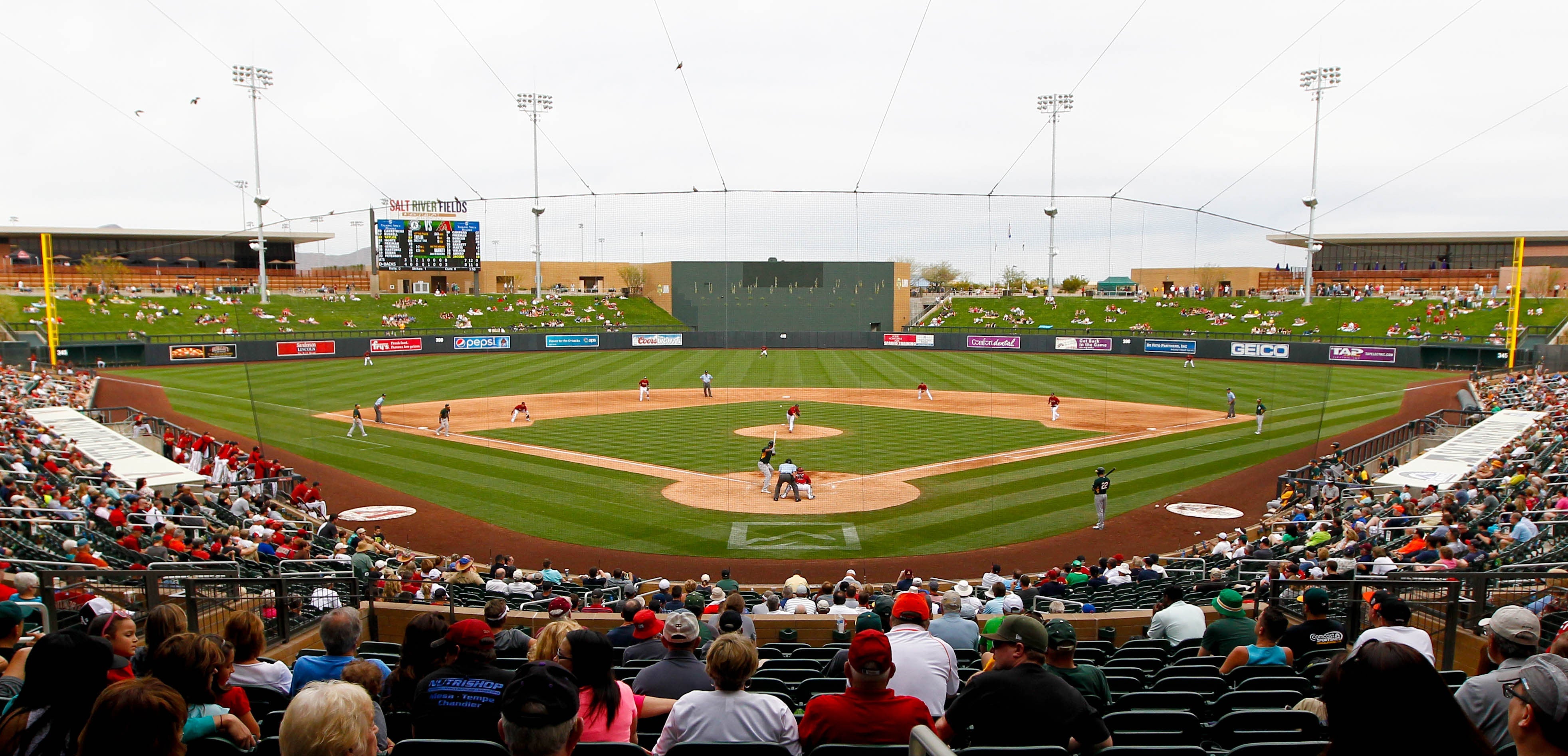
Individualized Hydration: Why Every Athlete’s Heat Response Is Different
Hydration advice often sounds simple—drink before you’re thirsty—but no two athletes lose fluids or respond to heat the same way. Position, gear, surface temperature, acclimatization, and individual physiology all shape how core temperature, skin temperature, and heart rate change under load. That’s why teams get the best results when hydration is personalized, guided by real-time heat response—not generic rules.
Throughout this guide, we’ll show how coaches and athletes can use on-body signals to match fluid timing to actual physiological demand, connect hydration with readiness, and learn from patterns over time. For a refresher on how the body regulates heat, see Understanding Heat.
The Limits of One-Size-Fits-All Hydration
Uniform break schedules and fixed ounces-per-hour targets are easy to administer, but they ignore the wide range of sweat rates and cooling efficiency across players. Two athletes can run the same drill in the same conditions and differ by more than a liter per hour in fluid loss. When teams base hydration purely on the clock, some athletes rehydrate too little, others too much, and readiness drifts from session goals.
Individualizing hydration works better: link fluid timing to how an athlete’s body is actually coping with heat—in the moment. Real-time algorithms that interpret vitals help coaches see when physiological strain is building and adjust hydration and pacing accordingly. For the specific metrics HeatSense uses, visit Measuring Heat Response.
Why Heat Response—and Hydration Needs—Vary So Much
Thermoregulation is personal. Factors that influence hydration needs include:
- Acclimatization status: Adapted athletes typically expand plasma volume and start sweating earlier, improving cooling efficiency.
- Equipment and clothing: Pads, sleeves, and darker fabrics reduce evaporative cooling and raise skin temperature.
- Surface & environment: Synthetic turf often runs much hotter than air temperature, increasing radiant heat load and fluid needs. Read more on total strain in Heat and Performance in Athletic Environments.
- Role and movement pattern: Linemen, goalkeepers, and other low-airflow roles often see higher skin temps than continuous-motion positions.
Sweat Rate Variability: Interpreting the Signal
Sweat rates commonly range from roughly 0.5 to >2.5 L/hour depending on body size, intensity, humidity, and acclimation. Traditional weigh-in tests are useful but hard to run daily. Field-ready monitoring can infer hydration load by combining trends: if skin temperature rises faster than core temperature, or if heart rate recovery slows after a drill, evaporative cooling may be less efficient—often a cue to time fluids and cooling more precisely.
For chemistry that underpins hydration strategy, see Electrolyte Balance: Critical Needs for Growing Athletes in Hot Conditions.
Day-Before Hydration: Readiness Starts Early
Hydration isn’t a pre-practice scramble—it’s a 24-hour habit. Starting a session well-hydrated supports blood volume and thermoregulation, which can reduce cardiovascular strain when training intensity climbs. Teams can encourage:
- Steady day-before intake: Regular fluids with meals and snacks, rather than “loading” right before practice.
- Electrolyte-aware choices: Include sodium and potassium sources with meals to support fluid retention and muscle function.
- Morning checks: Simple cues like first-void urine color and typical waking body weight (when part of an approved program) help athletes notice when they’re starting the day behind.
When athletes arrive euhydrated, coaches see fewer early spikes in heart rate relative to workload and smoother core/skin temperature trends during the warm-up. For how these signals relate to performance, explore How Core Body Temperature Affects Athletic Performance.
Real-Time Hydration Cues for Coaches
Hydration decisions should reflect what each athlete’s body is doing—not just the weather or the clock. Team dashboards that display individualized vitals make it easier to:
- Identify early strain: Rising heat strain relative to teammates doing the same drill can cue a targeted drink break or brief cooling period.
- Distinguish needs: A steady temperature profile with a climbing heart rate may reflect cardiovascular load; a climbing skin temperature with sluggish recovery may call for cooling and fluids.
- Time recovery: Post-drill cooldown and rehydration aligned with an athlete’s recovery curve help preserve readiness later in the session.
See how team-level visibility works in practice on For Teams.
Position- and Sport-Specific Considerations
- Football (padded): Limited airflow and added insulation increase local heat load—hydration often needs tighter timing and more frequent checks.
- Soccer/Lacrosse: High motion increases sweat rate but also airflow; hydration plans should factor long high-intensity intervals with few stoppages.
- Track/Cross-Country: Pre-event hydration is critical because in-event opportunities are limited; monitor post-event rehydration to support next-day readiness.
- Youth athletes: Developing thermoregulation can delay the sweating response; coaches should watch for earlier rises in heart rate and temperature and plan shorter, more frequent fluid opportunities.
For adapting hydration as heat tolerance improves, see Spring Training: Preparing Your Body for Summer Heat.
Learning From Patterns Over Time
Hydration effectiveness becomes clear across weeks, not just days. Trend views help staff spot athletes who consistently start sessions behind, identify environmental contexts (e.g., humid turf days) that drive fluid needs higher, and connect rehydration habits to next-day recovery. This long-view turns hydration into a core pillar of load management rather than a sideline routine.
Common Pitfalls—and How to Avoid Them
- Waiting for thirst: Thirst lags rising physiological strain; use on-body cues to time fluids earlier.
- Uniform plans: Equal intake does not yield equal cooling or performance. Personalize to heat response.
- Ignoring surface heat: Hot turf amplifies radiant load; plan fluids and cooling accordingly.
- Skipping post-session checks: Rehydration and cooldown quality shape tomorrow’s readiness.
Putting It Together: Hydration as a Readiness Metric
Hydration is more than replacing what’s lost—it’s anticipating what the body will need as conditions and workload change. When coaches and athletes track individual heat response, hydration becomes actionable: targeted when strain rises, efficient when recovery is needed, and consistent across the 24-hour window that matters most.
Next Steps
- For individual athletes: explore the HeatSense Kit to see real-time hydration-related cues on your phone.
- For coaching staffs and programs: learn how roster-wide visibility works on the For Teams page.

